Avocado varieties
The 365 days of the year, maturation experts and lovers of this fruit. We work with producers from different parts of the world, always choosing the best quality of the time and origin.
Next we will analyze the most relevant characteristics of avocado varieties and its origin.
Hass Avocado Characteristics
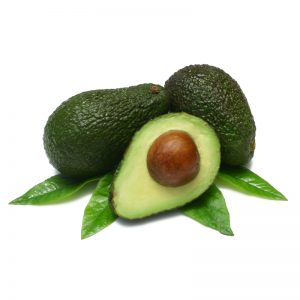
- Fruit: Pear-shaped and light green.
- Skin: Fina, rough and easy to peel.
- Pulp: Excellent quality.
- Bone: Medium size.
- Size: 200-300gr
- Appearance: When he is still young, It is green in color and when it matures and is ready to be consumed it turns a violet color almost black
- Taste: Similar to nuts
- Harvest: In the months between January and June
Hass avocado or Hass avocado are the common names of the fruit of Persea americana belonging to the variety "Hass", originated from a seed of the Guatemalan race in Habra, California in 1926, patented in 1935 and introduced globally in the market in 1960; it is the most cultivated variety worldwide. The "aguacates Hass”Are one of the most common varieties of avocado on the market.
In California he was known under the name Rudolf Hass, thanks to a local magazine that featured the avocado tree with leaves in the form of dollar bills. Also, during this time the price of this fruit was precisely one dollar each.
It was with this that it was decided to start planting the seeds of these trees and in order to get grafts, specialists were sought to buy seeds from nurserymen. At first its commercialization was slow, because this was not one of the predominant varieties.
Characteristics of Strong Avocado
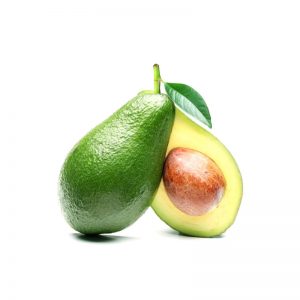
- Fruit: Pear-shaped and light green.
- Skin: Fina, flexible and easy to peel. It looks as if it was tanned in green and has whitish spots. When ripe and ready to eat, goes to a slightly darker tone
- Pulp: Excellent quality, buttery
- Bone: Medium size.
- Size: 170-500gr
- Harvest: It is grown from November to the end of March in Israel and Spain, that is, in the northern hemisphere, in the southern hemisphere it is grown mid-year in Kenya and South Africa
Of Mexican origin from the Puebla area. Its name is due to the fact that it was the only variety that withstood an especially harsh cold winter. It is one of the tastiest varieties.
Although at present it has been replaced by the Hass variety, this is still one of the mainly grown in countries like Israel, Spain and South Africa. Also, has a large volume of distribution in the Canary Islands.
Pinkerton Avocado Characteristics
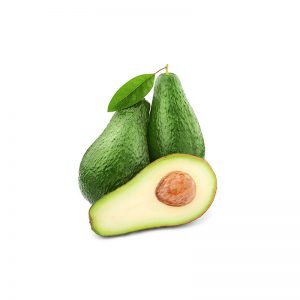
- Fruit: Elongated dark green.
- Skin: Average thickness, rough and easy to peel, very dark green
- Pulp: Good quality cream color, pale green
- Bone: Small size.
- Size: 200-500gr
- The Pinkerton tree produces more fruit than other varieties of avocado
- Its harvest period is between November and the end of February. However, Depending on the weather, your harvest may take until the end of March and the end of April.
Of common origin with the Hass. Still rugged like the Hass, when it matures it does not darken, thus remaining green. Its small bone makes it generate more pulp, enhancing its flavor..
Its origin dates back to California in the year of 1959, Well, as mentioned before, it emerged in a similar way to the Hass avocado variety. However, This arises as a kind of hybrid between the Guatemalan and Mexican avocados.
Bacon Avocado Characteristics
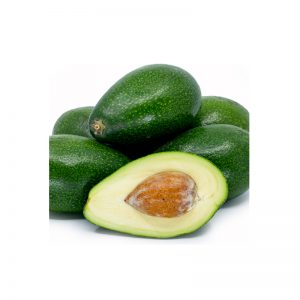
- Fruit: Oval shape and bright green color.
- Skin: Very thin and smooth, very easy to peel, in dark green, sensitive to wind damage
- Pulp: Good quality in greenish yellow color
- Bone: Big.
- Size: 150-500gr
- It is harvested in the seasons between autumn and winter, that is, between October and November
- The pulp is creamy in texture, similar to butter
Of Californian origin introduced by James Bacon in 1920. It is the earliest variety in Malaga, its season spans the entire fall. Its tree reaches a great height and is very resistant to winds, recommended as a windbreak and pollinator of other varieties.
This is considered the earliest variety of the Hass avocado type of those produced in Spain. However, because for many its flavor is considered mediocre, It is mainly used to serve as a graft and windbreak, while others use it as a sauce base for guacamole.
It was thanks to the latter that its production grew so much in the United States crops, as in Mexico.
Reed Avocado Characteristics
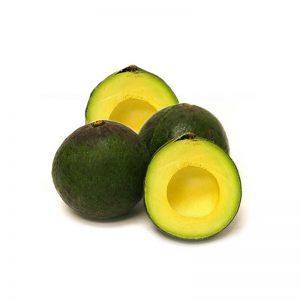
- Fruit: Round light green.
- Skin: Gross, smooth and easy to peel, dark green color, but turns blackened when ripe
- Pulp: Good quality and very smooth and creamy consistency, similar to butter
- Bone: Medium size and removes easily
- Size: 200-500g
- Its shape is practically round
- Its aroma is soft
From Californian origin introduced by James S. Reed and 1948. It is the latest of the smooth varieties. The tree is shaped like a vigorous pine, productive and wind sensitive.
Its origins are believed to date back to Mexican and Guatemalan crops, because the consistency of the fruit is ideal to withstand high temperatures. That is why adapted quite well to California temperatures when they started their crops there.
Calendar

